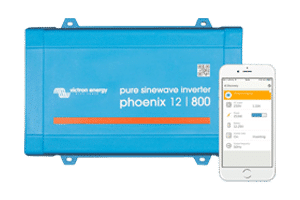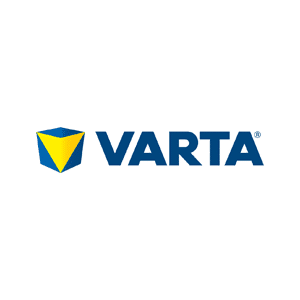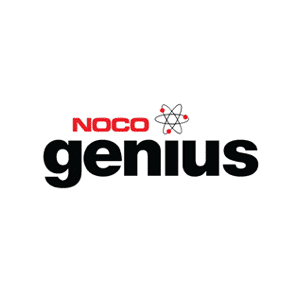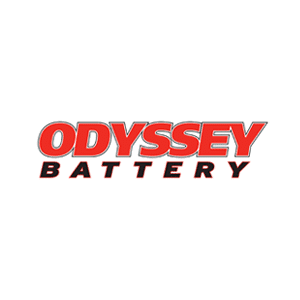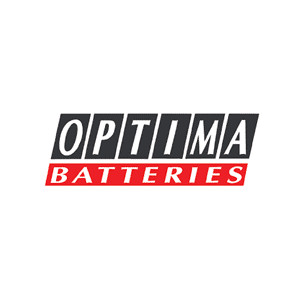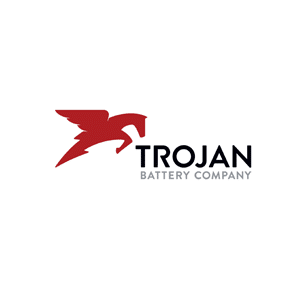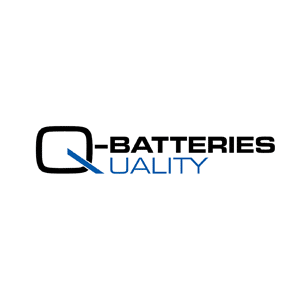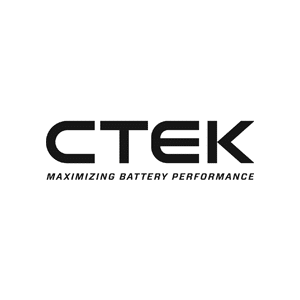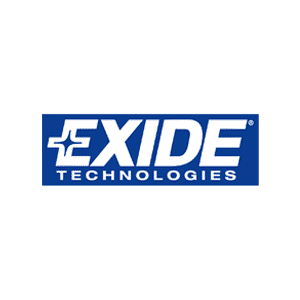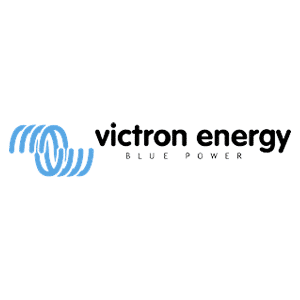Energy for your Caravan
There are three different types of batteries for caravans: a starter battery is installed to get the engine running, and the on-board battery is used to power the lighting, the refrigerator and the radio. Dual batteries are designed for both tasks. With us, you will find the right battery for your requirements and we will advise you on the appropriate charging technology.
More info about the battery types
Frequently asked questions
Get price benefits now as a B2B customer!
Register today and take advantage of our wide selection of products including competitive prices!
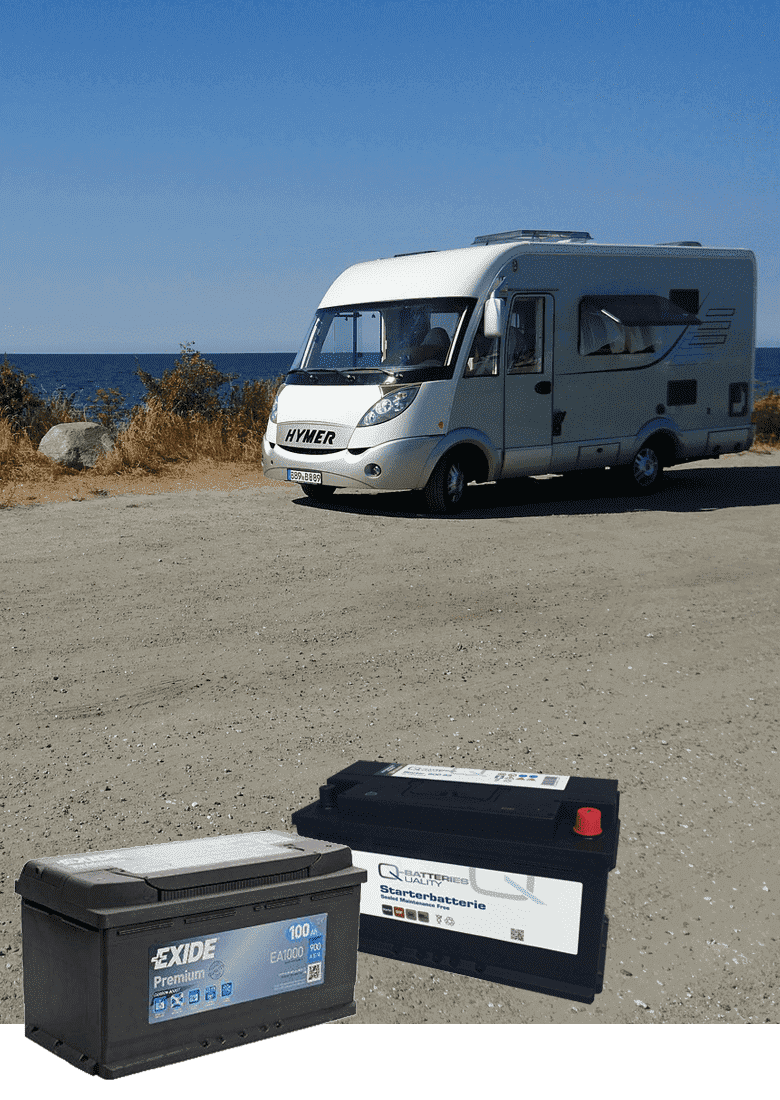
Supply batteries for your caravan
Supply or consumer batteries were developed for the reliable power supply of electrical consumers in motorhomes and caravans.
There are different types with different advantages:
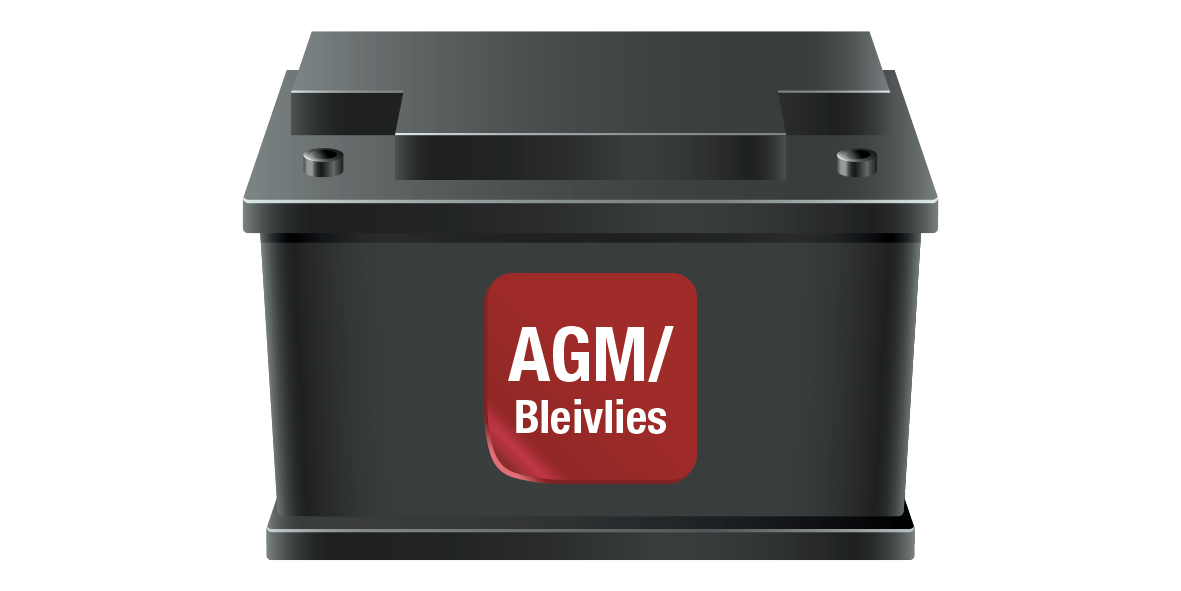
Electrolyte is bound in a fleece (Aborbent Glass Matt).
AGM technology
- fast charging time
- high currents can be drawn
- suitable for solar applications
- best choice in combination with inverter
- cold-resistant and also suitable for winter campers
- Maintenance-free, vibration-proof & installation independent of position
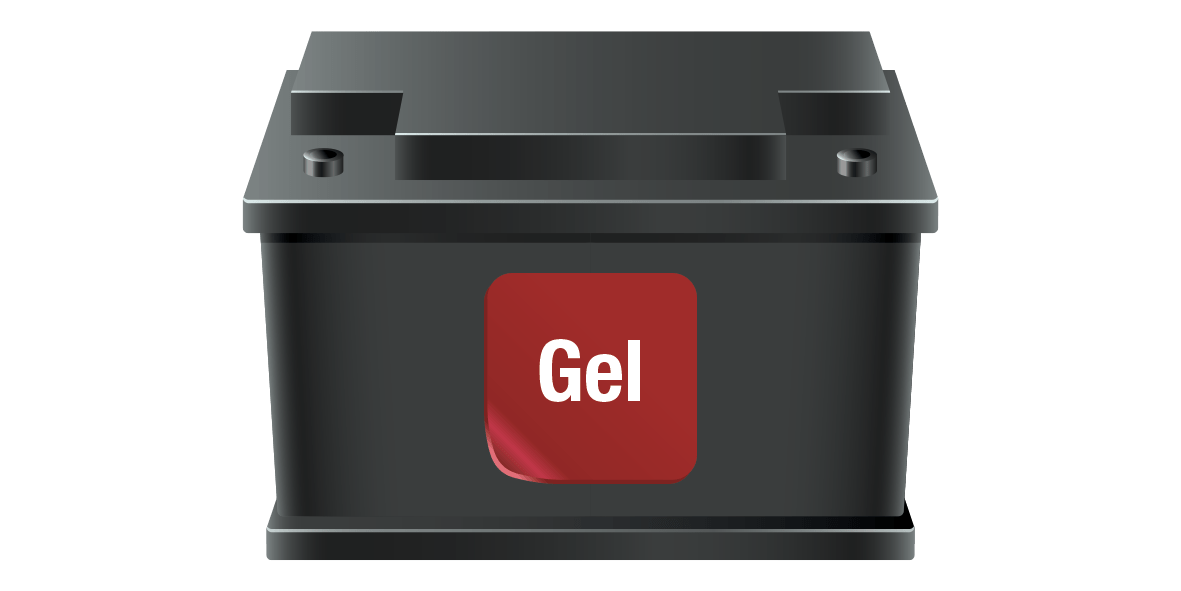
Electrolyte is thickened by silica and is gel-like.
Gel technology
- long shelf life
- long-life and resistant to high temperatures
- High depth of discharge and cycle resistant
- Maintenance-free, vibration-proof & installation independent of position
Tips:
Consumer batteries for your caravan
These batteries are also called traction or semi-traction batteries and can be used when a constant power supply is needed over a longer period of time. They can be used when a constant power supply is needed over a longer period of time. This is the case, for example, with electric motors. Due to their low self-discharge, they are also particularly suitable for storing solar energy.
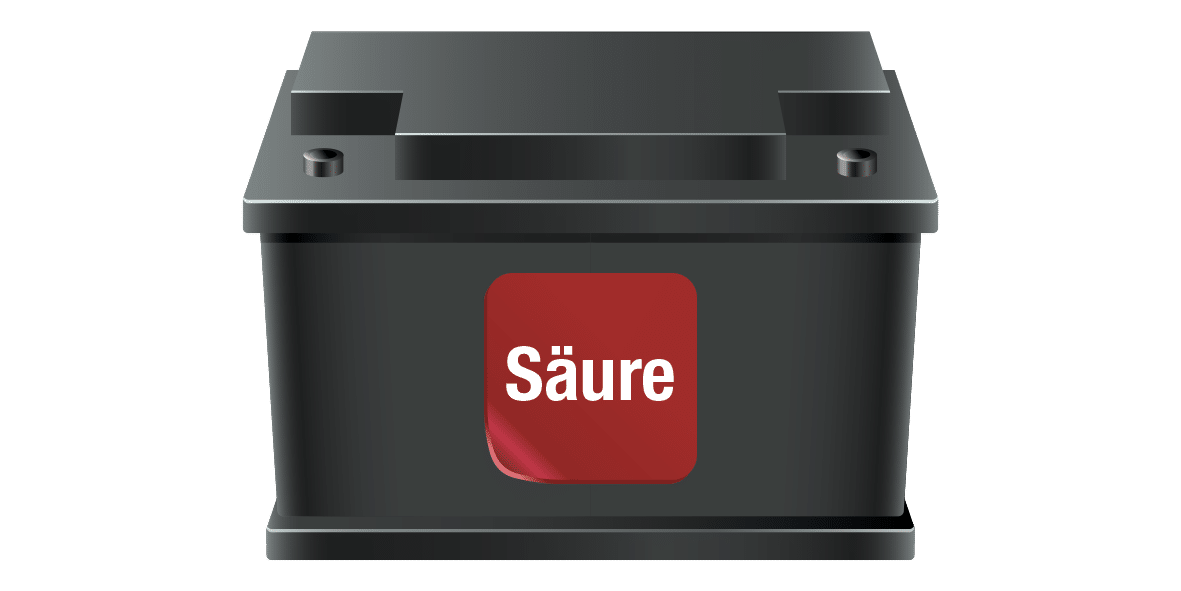
Reinforced grid plates and liquid electrolyte
SEM technology
- especially low self-discharge
- designed for many charge and discharge cycles
- suitable for low power consumption
- low-cost battery variant
- Low maintenance due to simple acid regulation
Tips:
Meaning of the indications C10 or C20 on the battery type plates: The number after the C indicates the time (always in h) in which the corresponding capacity (Ah value) is dischargeable. Example: 100Ah (C20) 100 Ah / 20 h = 5 A (Ampere) this means, if the battery would be loaded with 5 A, it would be discharged in 20 hours.
Dual batteries for your caravan
Dual batteries are starting and supply batteries and are used when only one battery is installed in the motorhome. They provide power both for starting the engine and for supplying the electronic devices on board. The technology of these all-rounders is designed for universal use.It is not about maximum power.
These combination types are available with maintenance-free AGM technology and as a wet version at a more economical
level.

"Absorbent Glass Matt" batteries with electrolyte bonded in fleece, maintenance-free and sealed.
AGM technology
- Developed for demanding motorhomes
- extremely durable
- shock and vibration resistant
Tips:
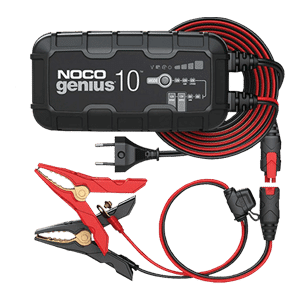
The right charger for your vehicle
While driving, the on-board batteries are charged by the engine's alternator. However, an optimal full charge is usually only achieved via a charger. For this reason, every opportunity for charging should be used.
Wind generators and solar panels are usually only used for supplementary charging, i.e. a charger is necessary to optimally charge the batteries and thereby maximise their service life. We are happy to help with the selection of a suitable charger.
Tips:
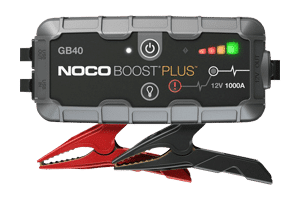
Charge booster
Charge boosters (also called charge converters) provide energy for charging supply batteries even while driving or serve as jump-starting devices.
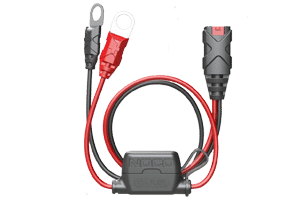
Battery management
The Noco Genius battery status indicators track the battery's state of charge. The LED display shows the state of charge in 25% increments.
FREQUENTLY ASKED QUESTIONS
You have questions about caravans?
Here you will find a summary of the general questions and answers for caravans and motorhomes.
If we have not answered your questions, please contact us by e-mail or telephone.
We will be happy to help you. info@akkusys.de+494101 37676-0

